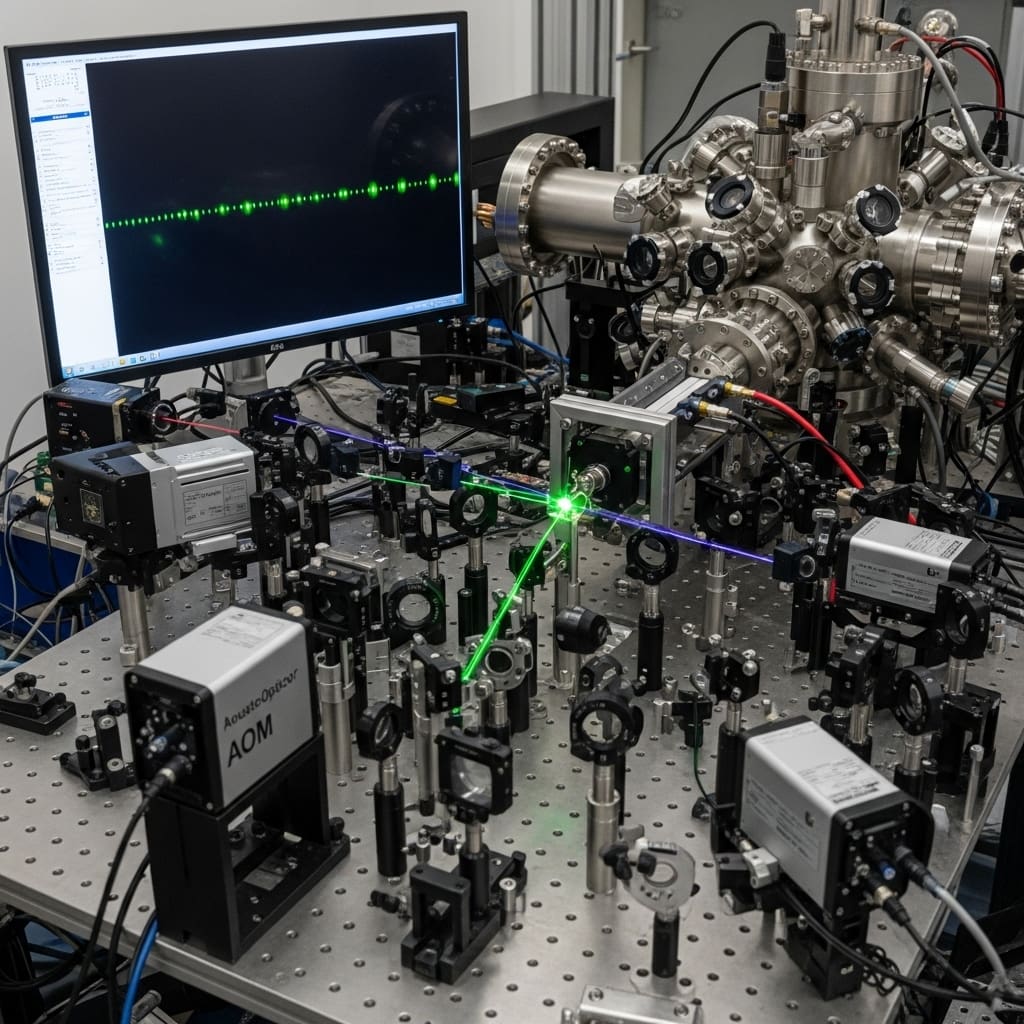Quantum systems typically evolve towards thermal equilibrium, yet certain special states, known as quantum scars, defy this expectation by remaining stable and exhibiting non-thermal behaviour. Himadri Halder from the Raman Research Institute and colleagues investigate the resilience of these scars within a spin-1 XY model, a system known to host these unusual states arising from long-lived excitations. The team explores how these scarred states respond to common types of disturbances, revealing that while initially stable, the scars ultimately succumb to thermalization in larger systems. This research demonstrates that the unique long-range order associated with these scars gradually breaks down under perturbation, and importantly, establishes a timescale for the return to typical thermal behaviour dependent on the strength of the disturbance, offering new insights into the boundaries between quantum order and disorder.
ment entropy and long-time periodic revivals, resulting in weak ergodicity breaking. Scientists study the stability of these special states against typical perturbations in the XY chain. While theoretical calculations can describe the altered states at small system sizes, analysis reveals that these states ultimately thermalize in larger chains. Nonetheless, the research demonstrates that the long-range order associated with these states diminishes under perturbation, and estimates the timescale for the decay of oscillatory dynamics in certain local observables to be proportional to the inverse square of the perturbation strength.
Quantum Scar Stability and Non-Thermalization Mechanisms
This collection of research explores quantum many-body scars, a fascinating phenomenon where certain quantum systems defy the expected behavior of thermalization. These scars represent special eigenstates that do not follow the predictions of the eigenstate thermalization hypothesis, exhibiting properties reminiscent of integrability even within complex, non-integrable systems. The research covers the origin of these scars, their stability against disturbances, and the different mechanisms that can create them. It also examines the connection between scars and the broader concepts of thermalization, prethermalization, and weak ergodicity breaking.
Researchers investigate how symmetry, conserved quantities, and specific structures within the system’s Hamiltonian contribute to the formation of scars. They explore various models, including those based on Lie algebra representations, η-pairing, and the Affleck-Kennedy-Lieb-Tasaki model, to understand the underlying principles governing scar formation. The research utilizes tools from random matrix theory, quantum entanglement analysis, and spectrum generating algebras to characterize the properties of scarred states and distinguish them from typical thermal states. Experimental efforts aim to observe and manipulate these scars using cold atom experiments and superconducting quantum processors, potentially paving the way for new quantum technologies.
A central theme throughout the research is the violation of the eigenstate thermalization hypothesis, and the role of symmetry and conservation laws in stabilizing scars. The Hubbard model and related systems serve as frequent testbeds for understanding scar physics, with entanglement entropy serving as a key diagnostic tool. This vibrant and rapidly evolving field seeks to understand the fundamental mechanisms driving non-thermal behavior in quantum systems and explore their potential applications.
Bimagnon States Defy Thermalization in XY Model
Scientists have discovered a unique class of quantum states within the spin-1 XY model that resist conventional thermalization. These “scarred states” reside at finite energy density and maintain their structure as the system evolves, violating the eigenstate thermalization hypothesis. The research focuses on understanding the stability of these states when subjected to disturbances within the quantum system. The team identified that these states arise from long-lived quasiparticle excitations, specifically a tower of “bimagnon” states created by applying operators to a fully polarized vacuum. These bimagnon states are frustration-free zero-energy eigenstates, meaning they cannot decay or scatter due to destructive interference.
Experiments reveal that the scarred states exhibit long-range connected correlations, which persist even in large systems, unlike typical eigenstates. Measurements of the entanglement spectrum further demonstrate the atypical nature of these states, showing a distinct signature compared to states that follow the eigenstate thermalization hypothesis. The team investigated the impact of a perturbation on these scarred states, finding that while the perturbation mixes the scarred states with thermal eigenstates, it does not immediately destroy their unique characteristics. Calculations estimate the timescale for the decay of oscillatory dynamics in certain local observables to be proportional to the inverse square of the perturbation strength, indicating a relatively slow decay from the initial state. This work demonstrates the existence of an emergent SU(2) algebra governing the scarred states, with the scarred states forming a representation of this algebra.
Scars Decay Under Common Perturbations
This research demonstrates that special quantum states, known as scars, which exhibit unusual stability and non-thermal behavior within certain quantum systems, are ultimately susceptible to thermalization when subjected to common types of disturbances. These scarred states, found within the spin-1 XY model, are characterized by low entanglement entropy and persistent oscillatory dynamics, distinguishing them from typical thermalizing states. The team investigated how these scars respond to a perturbation that preserves a U(1) symmetry, revealing that while initially robust, they gradually lose their unique properties as the perturbation strength increases. The findings indicate that the long-range order associated with scarred states diminishes under perturbation, and the timescale for the decay of oscillatory dynamics scales with the strength of the perturbation.
Through careful analysis, the researchers determined that the perturbation causes the scarred states to mix with more conventional, thermalizing states, leading to their eventual thermalization. While identifying a single “descendant” state becomes increasingly difficult at higher perturbation strengths, the observed decay of long-range order provides clear evidence of this transition. Future work could explore the behavior of these scarred states in more complex systems or with different types of perturbations, potentially revealing new insights into the interplay between order and disorder in quantum mechanics.

